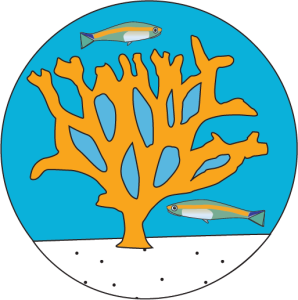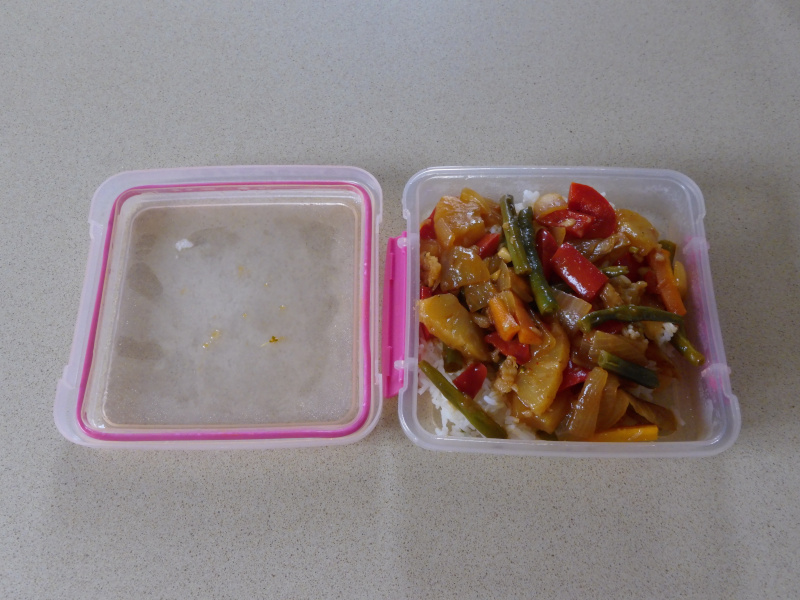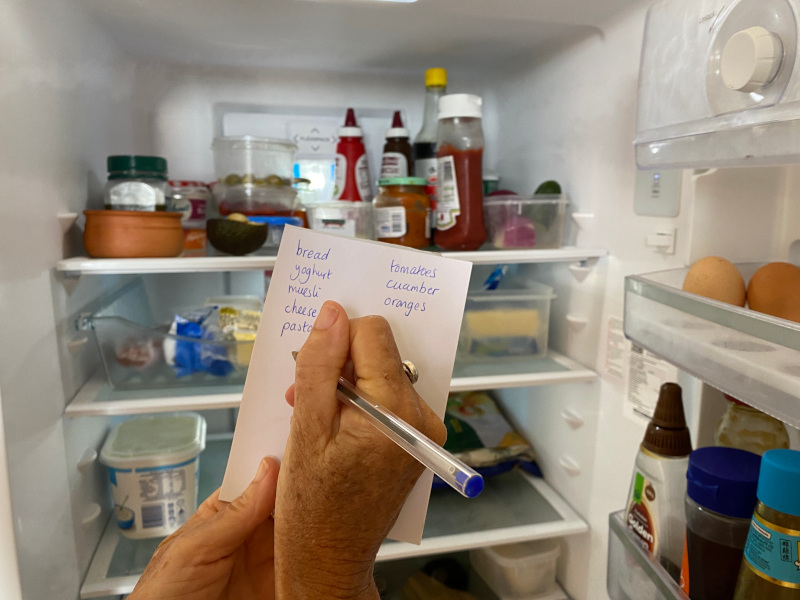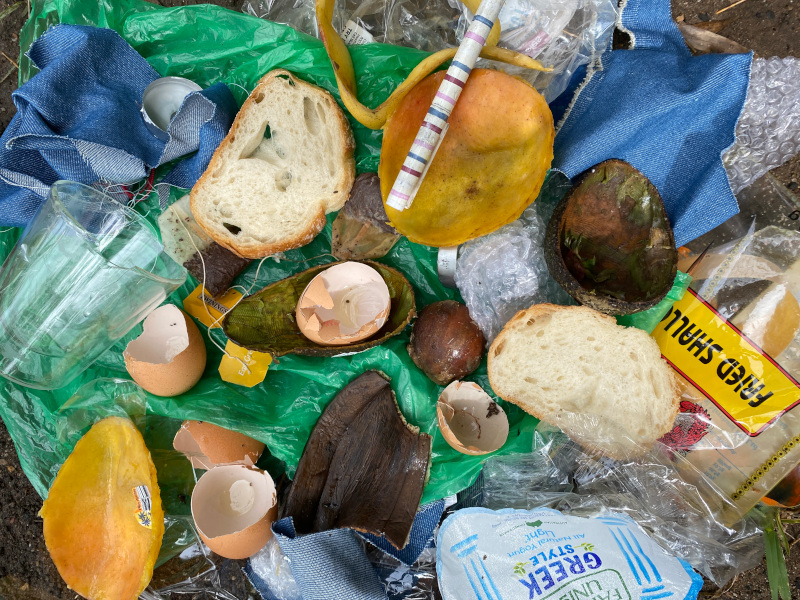
Waste – Divert food waste
Food waste is a major contributor to greenhouse gas emissions, as it decomposes in landfills and generates methane, a potent greenhouse gas.
In Australia, over a third of food waste comes from homes, with nearly half of all fruit and vegetables produced being wasted. By reducing food waste, we can lower greenhouse gas emissions and conserve valuable resources. Simple steps like buying only what you need, storing food correctly, using up leftovers, and composting can make a big difference. Reusing and recycling food scraps not only helps the environment but also supports your local community and reduces waste costs.
Benefits




Reducing food waste conserves resources, reduces methane emissions from landfills, and helps combat hunger by redirecting edible food to those in need, while also promoting more sustainable agricultural practices.

Use or freeze leftovers for a spare meal instead of throwing food away
How To
Tips
- Rotate food so the oldest items are most accessible.
- Use transparent containers for better visibility.
- Plan one “clean-out-the-fridge” meal each week.
- Search online recipes that creatively use leftovers.
Resources

Create a weekly meal plan and buy only what you need to follow the plan
How To
Planning meals ahead of time helps reduce food waste, saves money, and simplifies your weekly routine. By creating a plan, you can shop smarter, use up what you already have, and prevent impulse buys. Over time, meal planning can also make it easier to adopt healthier eating habits and cut down on unnecessary packaging.
Tips
- Check your pantry and fridge before shopping.
- Write down a plan that includes meals and portions.
- Incorporate leftovers to reduce waste and stretch ingredients.
Resources

Audit your food – keep food waste out of landfill
How To
Tips
- Keep a clear shelf plan and rotate items so older food is used first.
- Use transparent containers and avoid refrigerating items like potatoes, garlic, and onions to maintain quality.
- Use your freezer to preserve leftovers or surplus food, labelling everything to track use-by dates.
Resources
Task sheet: Waste Audit
Factsheet: Recycling options


